In Xcode 7.2 using Swift 2.1 I managed to get past the mentioned error by making sure that the build settings of your pure Swift framework called Foo are as follows:
1) Build Settings->Packaging->Defines Module = Yes
2) Build Settings->Swift Compiler - Code Generation->Install Objective-C Compatibility Header = Yes (if you do not need to import your Swift framework into Objective C set this setting to No)
3) Erase the string value of Build Settings->Swift Compiler - Code Generation->Objective-C Bridging Header
4)Build Settings->Swift Compiler - Code Generation->Objective-C Generated Interface Header Name = Foo-Swift.h (if you do not need to import your Swift framework into Objective C erase this setting as you did in step 3))
5) Make sure that Build Settings->Packaging->Product Name = Foo
6) Add to the public umbrella header of your framework (Foo.h), which you can use to import your Swift code to Objective C, the following line:
#import "Foo-Swift.h"
(but if you do not need to import your Swift code into objective C skip this step)
6) Add the following line to the Swift file where you want to use the module Foo:
import Foo
Important notes:
1) Ensure that your umbrella header Foo.h is set to public in the File Inspector, otherwise this won't work.
2) If you are using your pure Swift framework in Objective C files, ensure that:
the Foo-Swift.h header has generated the correct interface by going to Foo.h and then clicking on the top left corner menu of the Xcode code editor and then choosing Includes->Foo-Swift.h (I had to rebuild the Foo framework a few times until Xcode caught-up with the change and then generated the correct interface in Objective C, so you may need to do that as well)
your swift classes inherit from NSObject or they won't be available to Objective C code



